Key Findings
The Institute projects that by doubling the Pell Grant:
- Community college students who receive the maximum Pell award will graduate debt-free.
- Bachelor's students who receive the maximum award will see a 79% reduction in debt.
- Students, on average, will see their debt slashed in half or more.
More than 25 million people could benefit from increasing Pell:
- 1 in 4 adults under the age of 40 are eligible for a Pell Grant.
- 53% of women eligible for a Pell are women of color.
- 1.9 million Dreamers and people eligible for DACA would be included in the Pell Grant program for the first time under the Pell Grant Preservation & Expansion Act of 2021.
Summary
The average annual cost to attend a four-year public institution has nearly tripled since 1980. Following decades of rising tuition and costs for higher education, roughly 43 million Americans owe more than $1.7 trillion in student loans. Graduates take an average of 20 years to fully pay off their loans. Burdened by student debt as they enter the workforce, they often have to put off buying a home, saving for retirement, or starting a family. And those who default face a host of negative consequences.
Various policies to alleviate the student debt crisis have been proposed, and several include increasing Pell Grants, an important source of support for higher education for Americans with financial need.
Congress’s budget reconciliation plan includes proposals to increase the amount of the Pell Grant and make community college free. Likewise, a bill before both chambers, The Pell Grant Preservation & Expansion Act of 2021, substantially increases the Pell award—doubling the maximum award to $13,000—and includes measures to encourage college attendance and stabilize the Pell Grant program overall.
The Gender Equity Policy Institute analyzed data on past and current student demographics, college costs, and student debt to assess the impact of proposed improvements to the Pell Grant program, with particular focus on how the benefits would be distributed across gender, race, and ethnicity.
The Institute calls attention to the way increasing Pell Grants and improving the program is appropriately responsive to the ways in which gender norms and roles impact access to higher education and the financial rewards that accrue to degree-holders. The mix of increasing the award and greater support for part-time study represents a nuanced approach to tackling the different challenges faced by women and men. People of color will see large reductions in student debt. The Act earns a score of 88% on the Gender Equity Policy Institute’s gender equity scale.



